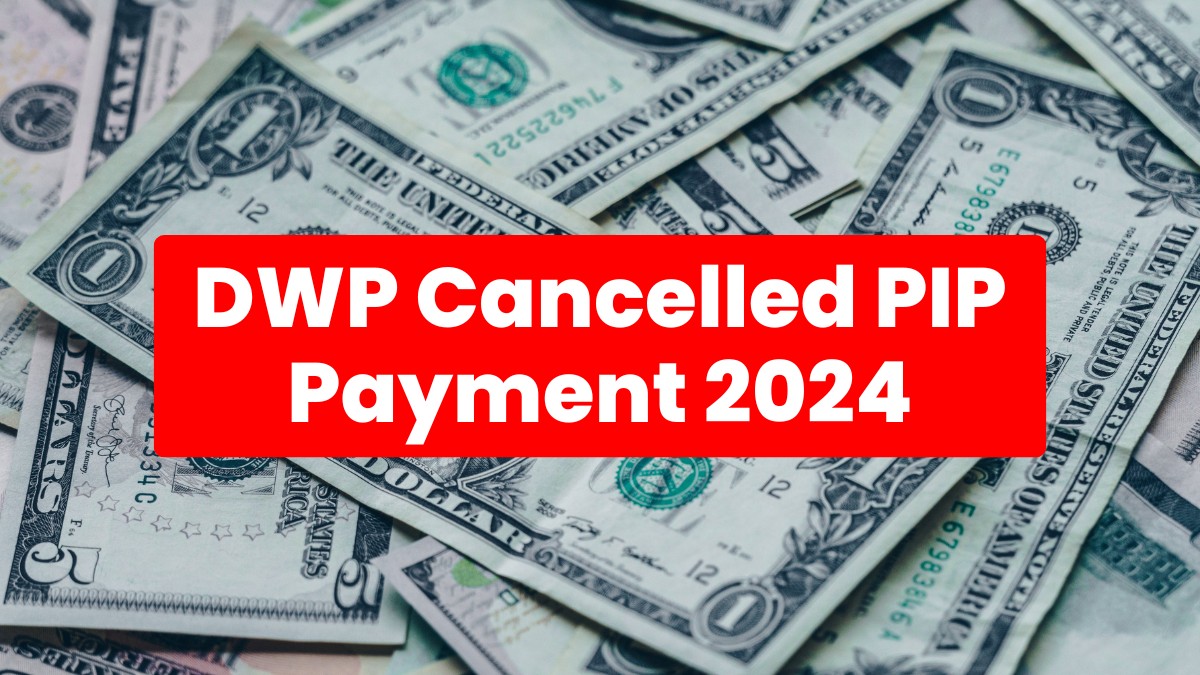PIP Payments Cancelled by DWP- Are you one of them? Find out the full details here: 2,22,000 Individuals Affected – Are You One? The article explains.
The PIP Payments Cancelled by DWP and the steps that need to be followed if you are one of the individuals who have been affected by the cessation of the PIP payment are essential if you want to request the payment. In this article, we provide all the details about the PIP Payments Cancelled by DWP and the statistics associated with them.
PIP Payments Cancelled by DWP
DWP Cancelled PIP Payment – In the case of individuals living alone with certain health conditions or long-term disabilities in this country, PIP is an important factor to consider. In the past, the Department for Work and Pensions was responsible for administering the Personal Independence Payment. As a result of these funds, the individuals have been able to cover their daily expenses. Depending on the severity of their health conditions and the cost of living in their region, the claimant is entitled to a specific amount.
There is a significant amount of information contained in the data covering the PIP landscapes, including the distribution of claimant numbers and amounts, and the results of the reassessment process. Following detailed reassessments, many DWP PIP recipients have ceased receiving benefits. The department released comprehensive data concerning the reviews over a specific period, which led to the decision to take this crucial step.
There are 2,22,000 affected individuals
Reassessments are conducted by the department to verify that the claimants are receiving the appropriate amount of funding. For claimants whose circumstances have changed or whose health conditions have deteriorated, such reassessments may be effective. Following the specified timeline, the DWP has facilitated the delivery of the specified amount to the correct individuals.
PIP is available to around 3.4 million people in England and Wales, according to the latest statistics. A constant 3 percent increase has been observed since January 2024. The primary purpose of the reassessment is to identify individuals who no longer meet the eligibility criteria for PIP.
Do you belong to one of them?
This change in PIP funding has affected many individuals. According to the reports, around 20 percent of the PIP payments have been stopped due to the reassessment, resulting in the complete cessation of PIP payments.
Around 52 percent of claimants receive the same amount of PIP funds, according to the report. Having met the required criteria for receiving the amount, the claimants have been granted the amount, ensuring that their conditions have not changed.
A total of 19% of the individuals have received an increase in their PIP funds. The candidates have been given these amounts, ensuring that their condition has worsened and that they are in need of funding. The payment has been received by about 8 percent of the customers, although the amount has declined. In order to reduce the amount, the conditions that lead to potential improvement have been reevaluated.
Current Statistics in PIP Payments
There are expected to be around 210,000 clearances and 250,000 registrations for new claims in the first quarter of 2024. For the DLA reassessments, around 23,000 registrations and 22,000 clearances will be reported. Approximately 66,000 reconsiderations were registered, while approximately 64,000 were cleared.
Over the past few years, awards have been made for 42% of the normal rules for new claims, 70% of the normal rules for DLA reassessment claims, and 99% for the special rules for end-of-life claims. Changes in circumstances accounted for 84 percent of change in circumstances, with no change in award level or an increase in changes.
It is due to the changes in clearance rates for MRs, which were around 34 percent, that the award has changed. PIP claims have also been affected by the post-effects of the Covid pandemic. PIP effectiveness has been further complicated in Scotland by the introduction of the ADP.
There has been an increase in new claims that is eye-catching. In addition to various demographic trends, customer demand, assessment providers, health professionals, and DWP case resources may have resulted in a higher level of awareness of PIP benefits. DWP’s approach continues to cope with the increased demand for reassessments and balance compassion with the conditions of individuals.












